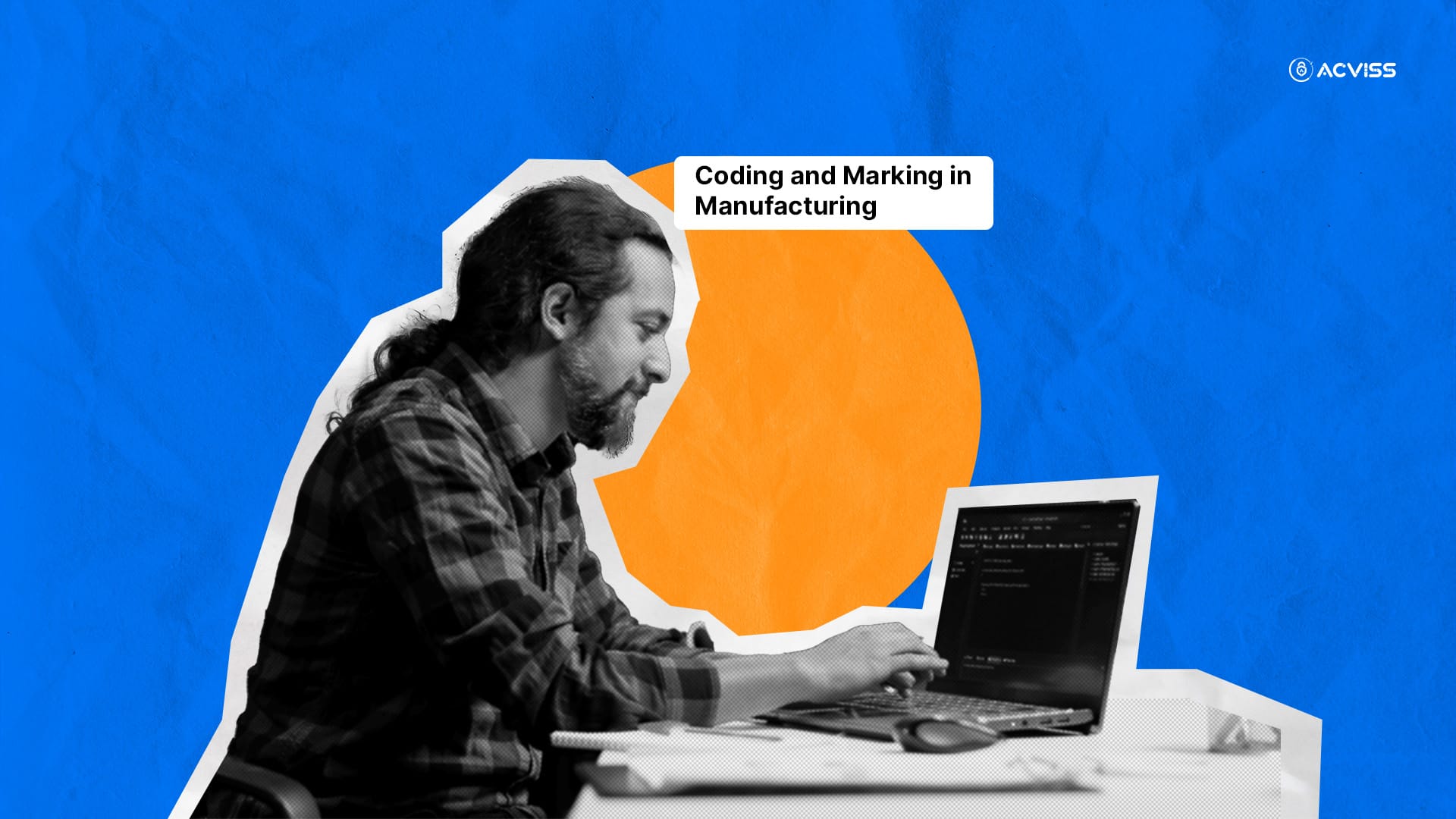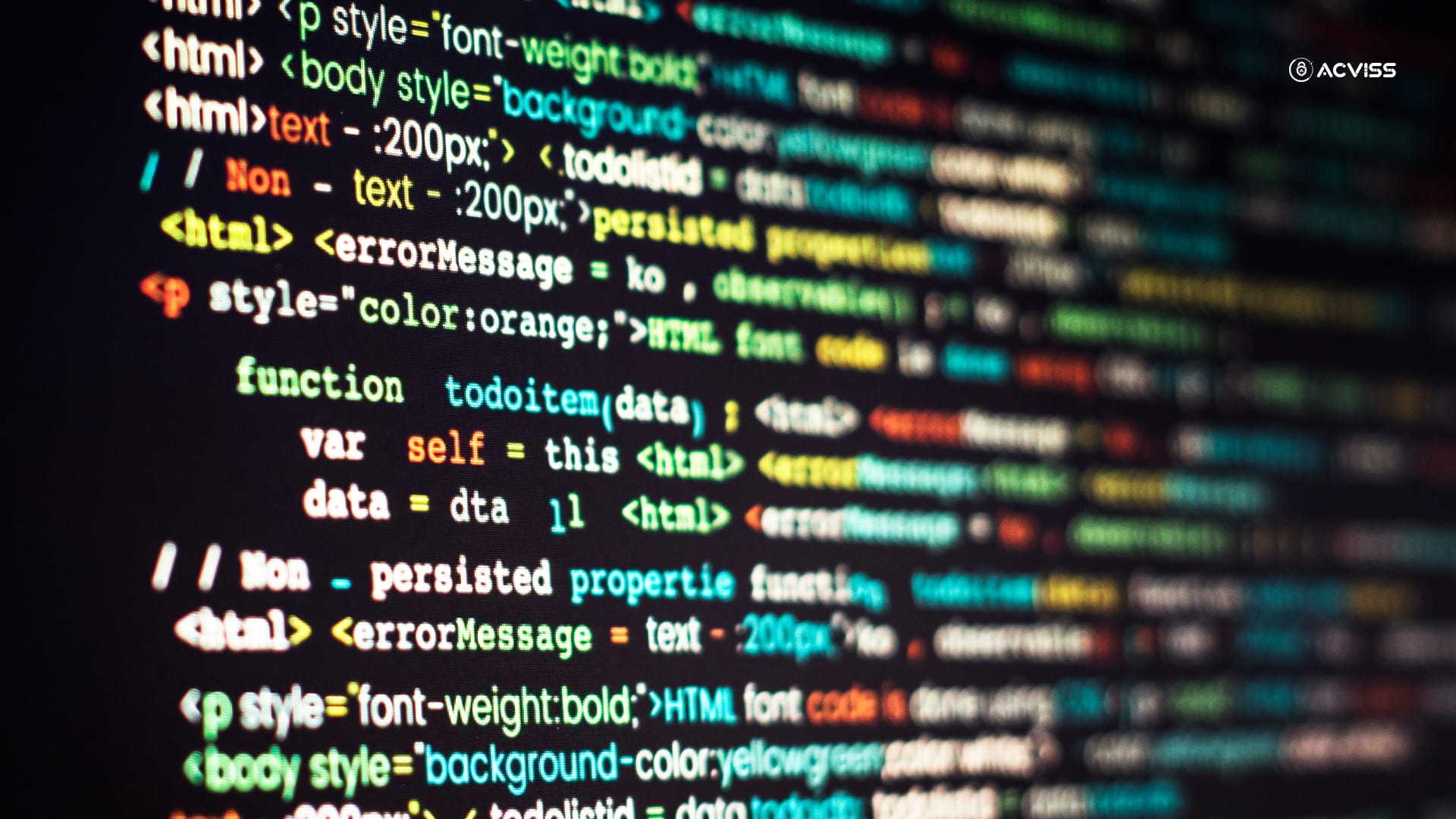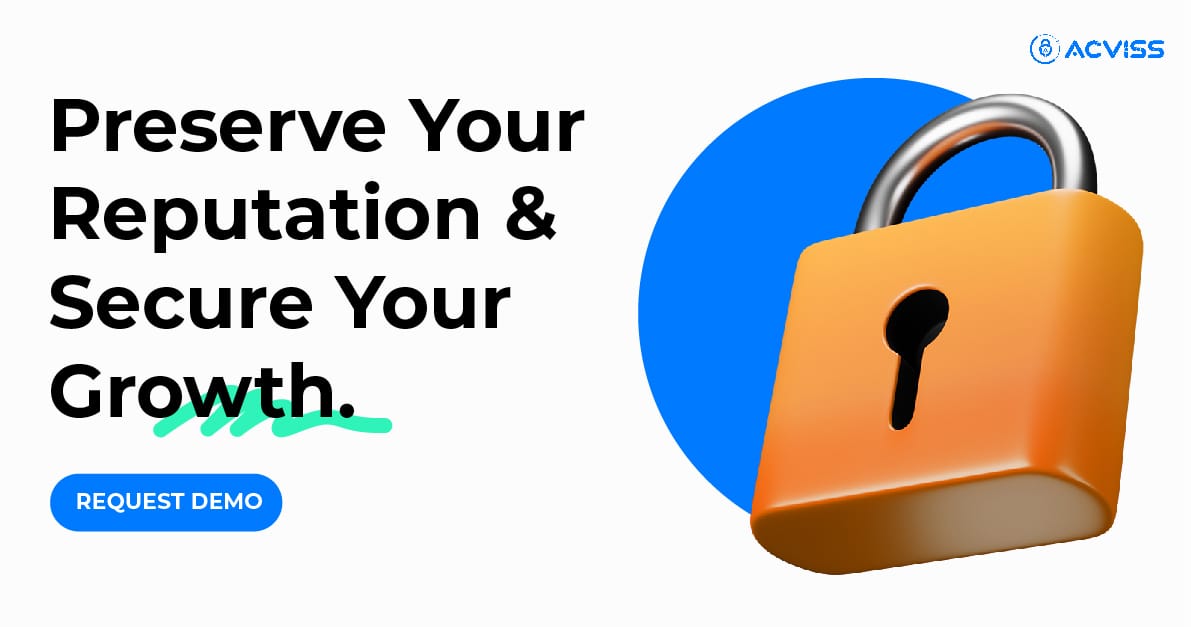Coding and Marking in Manufacturing: The Backbone of Product Traceability and Compliance

Every product leaving a factory, whether it's a shampoo bottle, an agrochemical packet, a spare auto part, or a food pouch, needs a unique identity. That’s where coding and marking play a vital role. More than just text printed on packaging, these codes are the foundation of product authenticity, regulatory compliance, and traceability.
What Is Coding and Marking?
Coding and marking involve printing essential information directly onto packaging or products during production. This includes:
Batch and lot numbers
Expiry/manufacture dates
QR or barcodes
Serial numbers and unique identifiers
Logos, symbols, or compliance markings
This printed data is not just for internal use; it's increasingly critical for consumer trust, recalls, and anti-counterfeiting.
Why It Matters Across Industries
Shampoo Bottles (FMCG): Batch codes on caps help trace defective lots if needed.
Rice or Seed Bags (Agri/Food): Expiry dates and QR codes ensure safe usage and regulatory compliance.
Vehicle Brake Pads (Auto Parts): Serial numbers protect against dangerous counterfeit parts.
No matter the industry, coding ensures accountability, safety, and compliance, all while giving the consumer a way to trust what they’re buying.
Core Benefits of Modern Coding Systems

Ensures Regulatory Compliance
Avoid fines and bans by printing mandatory information as per FSSAI, BIS, CDSCO, etc.Simplifies Recalls
If a defect arises, batch codes enable focused, efficient product recalls.Combats Counterfeiting
Unique, secure QR codes make it harder for fakes to mimic your products.Drives Consumer Trust
A scannable code that verifies authenticity builds lasting brand loyalty.Improves Supply Chain Visibility
Easily track which unit was packed when, where, and for which region.
Printing Technologies for Coding and Marking
Inkjet Printers: Used on FMCG goods like milk cartons or shampoo tubes.
Laser Markers: Permanent and high-speed; used on glass bottles or blister packs.
Thermal Transfer Overprinting (TTO): Great for flexible pouches or foil packs.
Label Printers: For applying serialised QR/holographic labels on boxes or jars.
Common Challenges to Avoid
Blurred or smudged QR codes on plastic wraps
Code misalignment on high-speed conveyor belts
Duplicate or missing serials due to poor data sync
Ink incompatibility with cold, oily, or dusty surfaces
Best Practices for Reliable Coding

Use printers suited to your packaging type and line speed
Regularly calibrate equipment and clean printheads
Set up real-time code scanners for verification
Secure your code database to prevent duplication or tampering
Work with authentication experts to make every code meaningful
How Acviss Enhances Coding & Marking

Coding shouldn’t just be for compliance. It should protect your product, enable digital engagement, and give you powerful analytics. Here’s how Acviss tools integrate seamlessly with your marketing process:
Secure QR codes - Uniqolabels
Non-cloneable and tamper-evident codes are applied during packaging. Ideal for auto parts, agri inputs, or cosmetics. Verified using any smartphone.Real-time authentication – Certify
Let consumers verify product genuineness in seconds by scanning the code. Especially useful for consumer-packaged goods and pharma.End-to-end traceability – Origin
Provides a dashboard to track every unit from production to final delivery, batch-wise, region-wise, or even retailer-wise.
Whether you're marking fertiliser bags, food containers, or electronics components, Acviss ensures each unit carries more than ink; it carries trust.
Conclusion
Coding and marking are more than production requirements. They're now critical levers for brand trust, legal safety, and anti-counterfeit defence. As global regulations tighten and counterfeiting grows more advanced, manufacturing brands must level up their coding strategy. Acviss enables this transformation, bringing you smart, secure, and scalable coding solutions.
Interested to learn more? Get in touch with our experts today and dive into how your brand can streamline your supply chain for maximum productivity.
